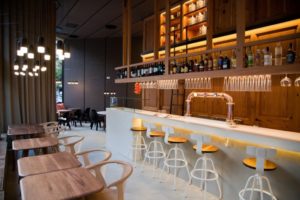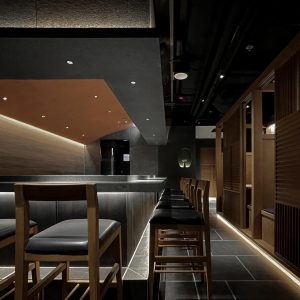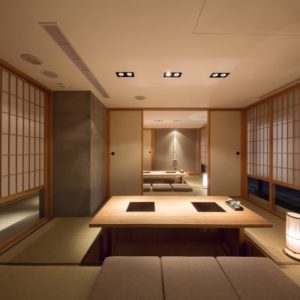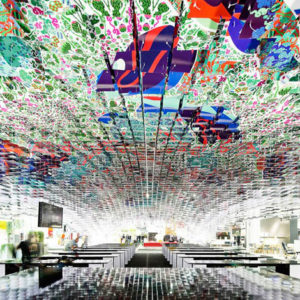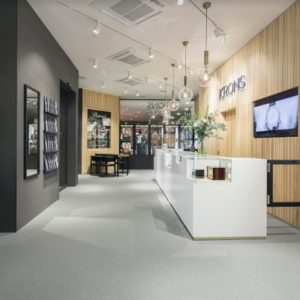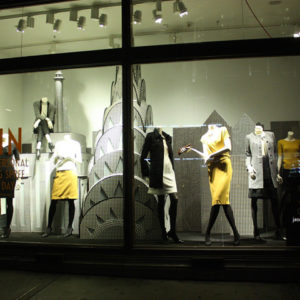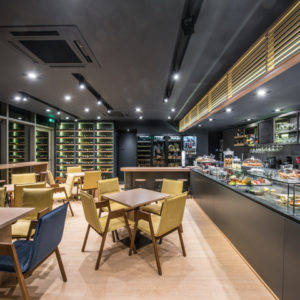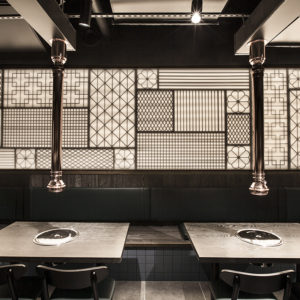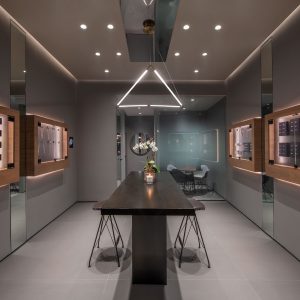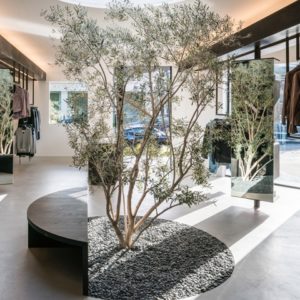


Introductory remarks
As architects and designers, we believe our professional purpose lies within the quality of costumer experience in using the spaces we create. Although we live in an era of comfort, consumerism and optimism, we can notice with certain disappointment, that a lack of “commitment” from users is present. With an expressionless mine, they consume space without processing all the special things we carefully prepared for them, leaving the impression that at the end of the journey they will not keep any memories of the environment they have conducted their activities in, except for the defects differently interpreted from case to case. As professionals, unshaken in the arguments that have generated our product, we are left only to relieve ourselves of responsibility and denounce the uninterested, sulky nature of our customers, and of our customers’ customers. (There are also architects who comfort themselves with the idea that the purpose of architecture is to go unnoticed, being only a perfectly-synchronized tool with the needs of those who spend it completely consuming themselves in unembellished answers to these needs. This present text is not addressed to that category).
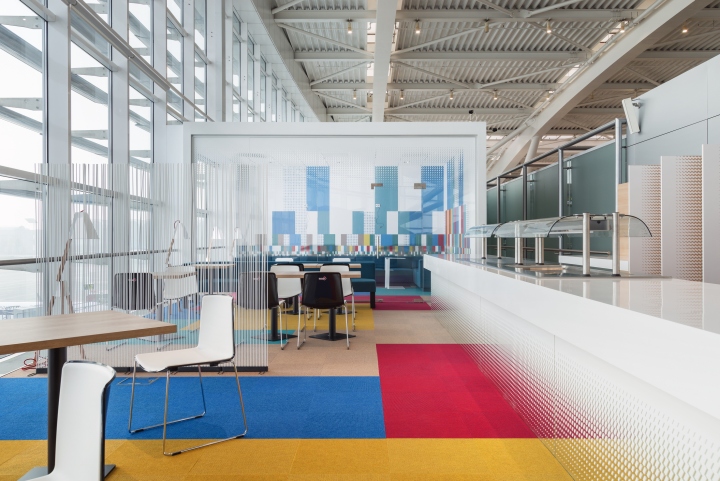
There are also cases where failing to surprise or positively influence consumers is inexorably considered the designer’s fault. We encountered such a situation when we had the opportunity to design the inside of a consumer space within the departures terminal of the Henri Coanda International Airport. In such a place, people are genuinely enthusiastic, some even overexcited. The first or the last step of the journey, the anticipation of exploration, the flight, the duty-free shops, the rush of emotions towards those who stay behind and towards those who will be met, the concept of on-board service, the hope, are all ingredients of a unique affective state that guarantees the designer will finally have an audience interested in his production.
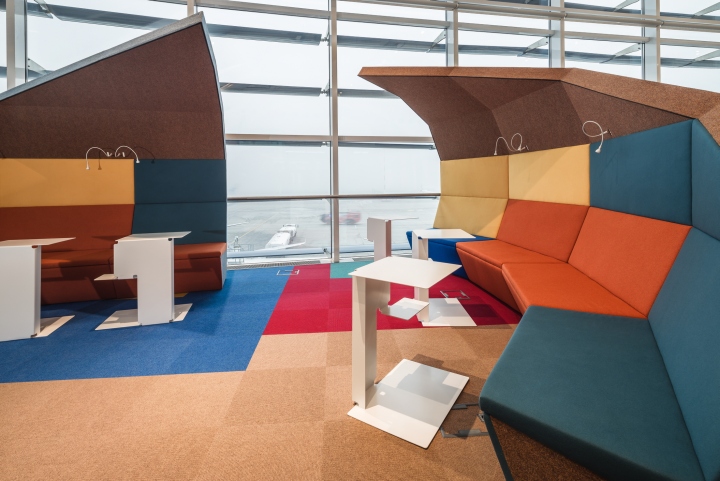
Project description
Setting up a waiting, relaxation and consumption area before boarding on a glamorous trip in an aircraft is a promising design theme. Generally, cafe, bar and lounge consumer spaces are shaped by how the establishment attracts a minimal number of customers, the way it selects them, the extent to which the investment per customer reflects its ability to … consume. In this case, the theme was freed of such vulgar conditioning, traffic was assured, customer selection criteria already existed (with the contribution of Romanian Border Police until the country’s accession to the Schengen Area), and the availability to consume is encouraged by the general euphoria of the existing context. In the apparent absence of too many constraints, the task seemed simple, but as is usual in such cases, in the absence of external constraints, the designer will only complicate his situation. Here are some elements of our project which could have certainly been made much simpler.

The actual lounge was shaped like a comfort zone. We were looking for ergonomics suited for relaxation which could simultaneously give the possibility of casual interaction with the ever-present mobile instruments: laptop, tablet. We also tried an attenuation of the humming noise in the terminal and a segmentation of space which would generate areas for individuals or small groups. All these gave birth to a sound-absorbing geometry that would partially envelop the user, creating a protected space inside a crowded area.
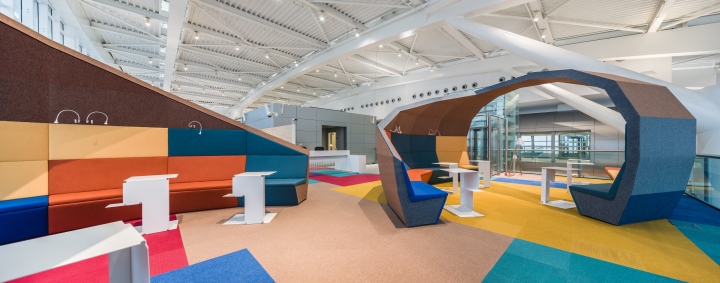
In terms of furnishing, the self-service and food-court areas were tackled using a conventional formula. However, the “gateway to the world” atmosphere of the airport prompted us to insert a little mystery in an otherwise Cartesian consecution. The reflections and gradient transparencies, the visual filtering and segmentation plans are means of interference with the pure geometric perception of space by introducing ambiguity and fusion between various surfaces. We found that this seemingly weightless condition of the parallelepiped-shaped objects in the setup is in tune with the emotional charge experienced by people before embarking on a travel.
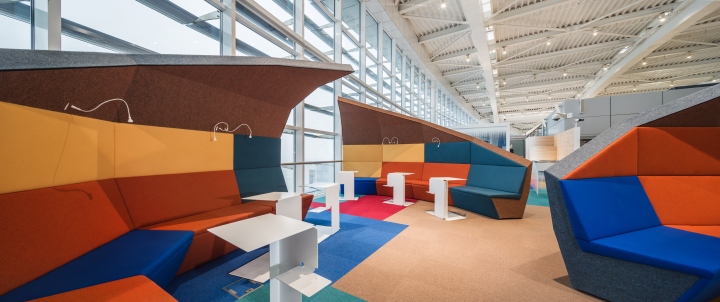
The chromatic characteristics of the floor and soft surfaces in the design can be considered a local treatment with a generous dose of playfulness in an otherwise vast technical ensemble. The spectacular engineering covering of the terminal needed a cheerful counterpoint that would reach maximum potential in the abundant natural light provided by the southward orientation of the building and the full-glazed facade. As an overview, the area combines the straight edges of a clear geometry with the porous nature of surfaces, with low optical distortions and a cheerful color palette.
Thank you for visiting and have a good flight!
Design: NUCA Studio / Robert Marin / Ionel Pascu
Location: “Henri Coanda” Airport, Bucharest, Romania
Photography: Cosmin Dragomir
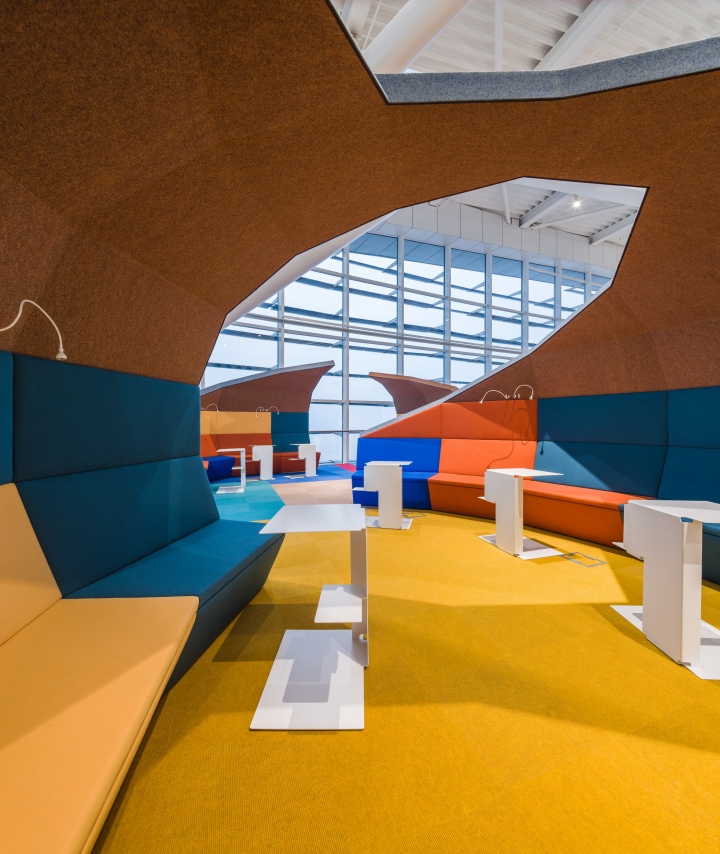
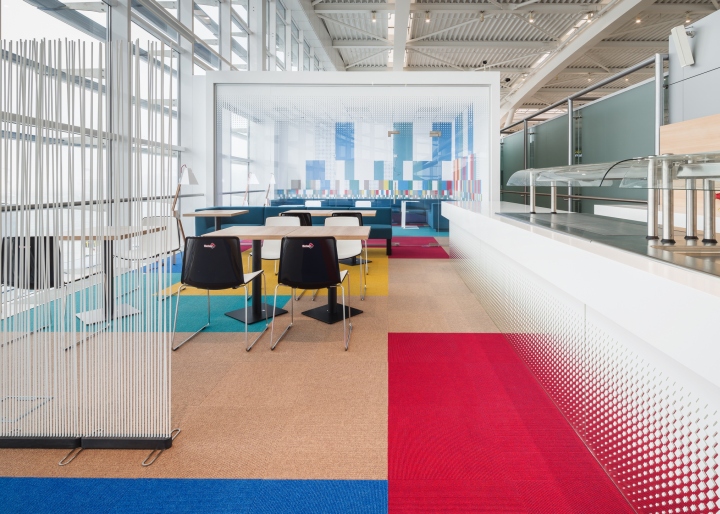
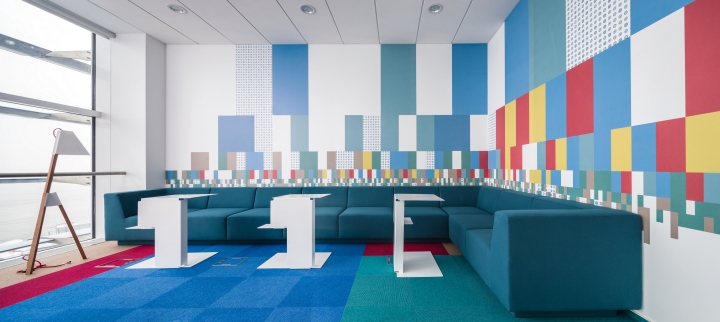
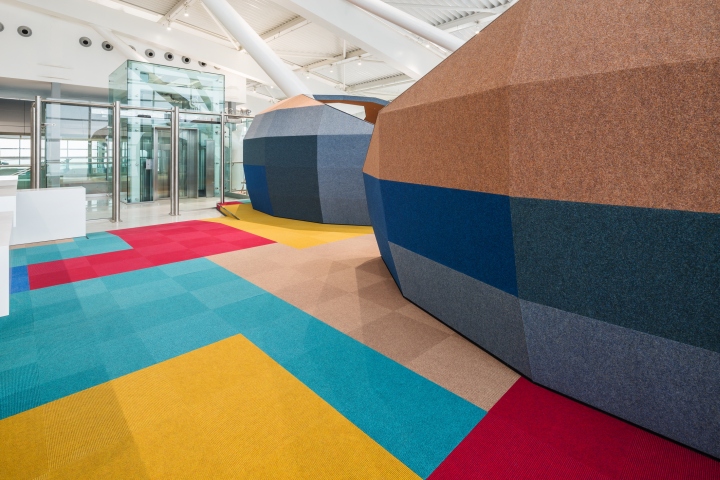
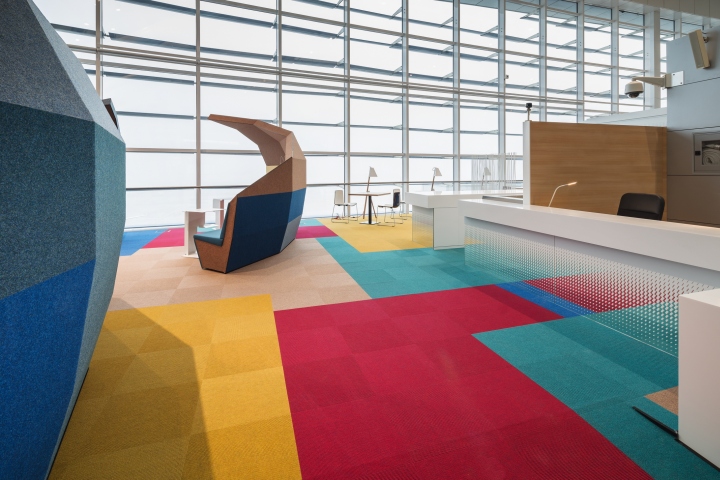
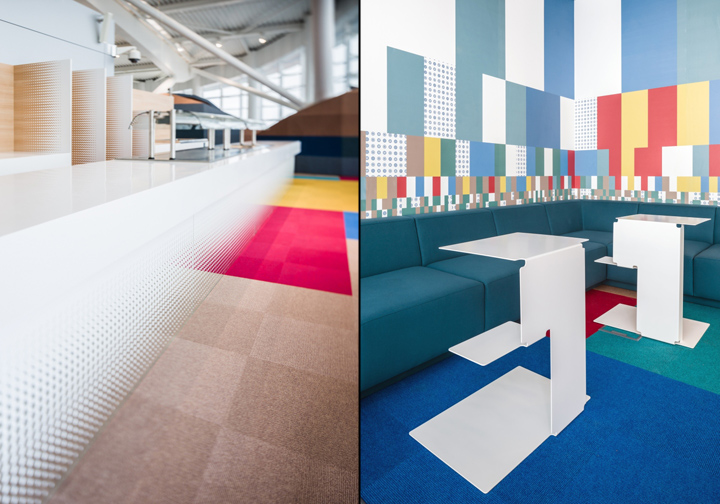
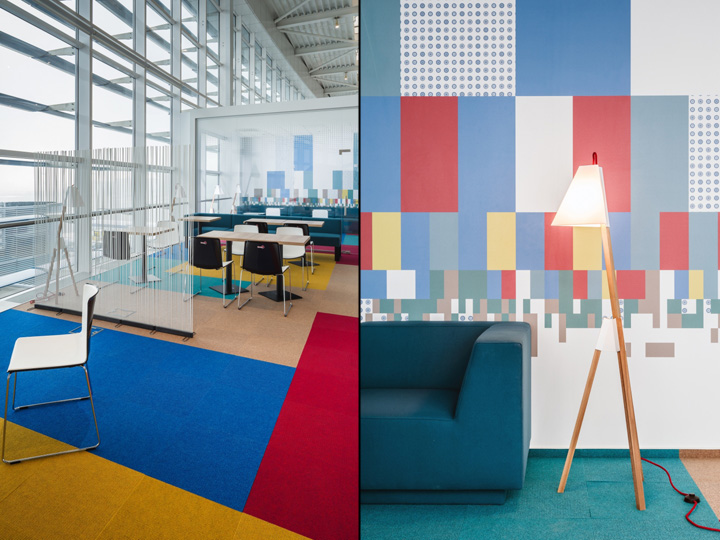












Add to collection

